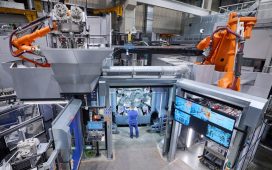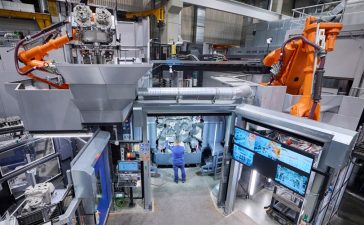Cruise’s autonomous vehicles are officially back on the road and driving autonomously for the first time since one of its driverless vehicles dragged a pedestrian over 20 feet in San Francisco.
Cruise said last month that it would resume testing with manually driven vehicles focused on mapping and gathering road information — minor tasks for a company with as many autonomous miles as Cruise. But Cruise needs to show local officials that it is suitably apologetic for the pedestrian-dragging incident by going slow and talking a lot about safety and trust. The company is deploying its vehicles in Phoenix, Arizona, which has long been a hotbed for autonomous vehicle testing.
Cruise needs to show local officials that it is suitably apologetic
Cruise spokesperson Tiffany Testo said the company is deploying only two autonomous vehicles with safety drivers behind the wheel. In addition, the company has eight manually driven vehicles in the city. Eventually, the service area will “gradually expand” to include Scottsdale, Paradise Valley, Tempe, Mesa, Gilbert, and Chandler — “measured against predetermined safety benchmarks.”
Cruise’s slow return to the road is noteworthy, given the huge hurdles facing the company in the wake of the October incident. Regulators accused the company of misleading them about the nature and severity of the incident, in which a pedestrian was dragged over 20 feet by a driverless Cruise after first being struck by a hit-and-run driver.
Several top executives have since left the company, including founder and CEO Kyle Vogt, and around a quarter of employees were laid off. GM has said it will reduce its spending on Cruise. And an outside report found evidence that a culture of antagonism toward regulators contributed to many of the failings.
With all that was going wrong, GM could have pulled the plug on Cruise. Indeed, the robotaxi company has been a huge financial drag on the automaker, losing $3.48 billion in 2023. Other car companies have pulled funding for their autonomous vehicle projects for much less. But instead, GM is sticking with it — and Cruise is gearing up to get back on the road — which is a sign that despite all its setbacks, the automaker is still intent on jockeying with Waymo, Tesla, and others for a spot in the race toward an autonomous future.











